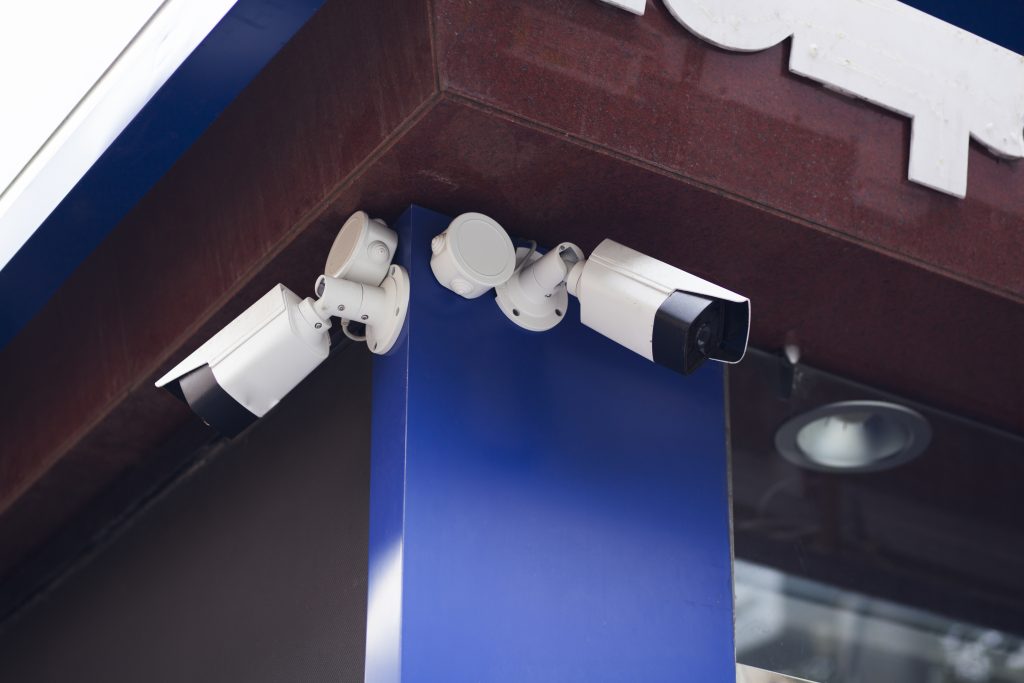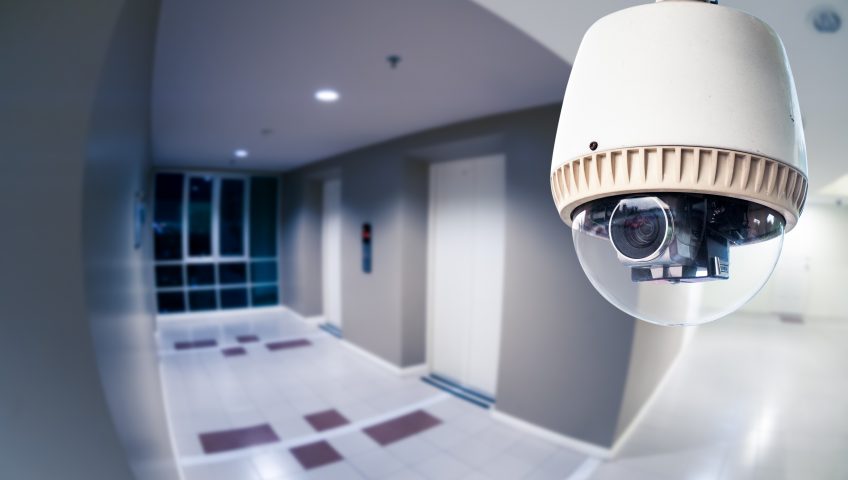When it comes to securing our homes and businesses, ensuring that we have the right tools for the job is paramount. As the world of technology evolves, security cameras have become a crucial element in maintaining safety. But did you know that there’s a difference between indoor and outdoor security cameras? Let’s delve deep into these differences and understand which camera is best suited for your specific needs.
Durability Against External Elements
- Outdoor Cameras: Designed to brave the elements, outdoor security cameras are built to withstand rain, snow, and even the scorching sun. They typically come with weather-resistant features and robust casings, ensuring that they remain functional regardless of the weather.
- Indoor Cameras: These cameras are crafted primarily for indoor conditions. They lack the protective casing of their outdoor counterparts, which makes them vulnerable to external environmental factors.
Field of View and Positioning
- Outdoor Cameras: With a wider field of view, these cameras capture a broad area, making them ideal for monitoring large outdoor spaces such as parking lots, gardens, or building perimeters.
- Indoor Cameras: Typically designed with a narrower field of view, indoor security cameras are best for capturing specific areas like hallways, rooms, or offices.
Visibility and Night Vision
- Outdoor Cameras: Since security threats don’t just disappear when the sun goes down, most outdoor cameras are equipped with advanced night vision capabilities. This ensures clear footage even in low-light conditions.
- Indoor Cameras: While some indoor cameras may come with night vision, it’s not as common or advanced as outdoor cameras, given that indoor environments often have controlled lighting.

Connectivity and Power Options
- Outdoor Cameras: These cameras are often designed with more durable wiring or wireless options to cope with the distance from the main building. They may also have backup power solutions in case of outages.
- Indoor Cameras: Generally connected to the main power supply, indoor cameras might not have backup power options. However, they tend to offer more diverse connectivity options like Wi-Fi.
Aesthetics and Discreteness
- Outdoor Cameras: Outdoor security cameras are often bulkier and more visible, acting as a deterrent to potential intruders.
- Indoor Cameras: Sleek and more discreet, indoor cameras blend in with the decor, ensuring they monitor without drawing too much attention.
Price Point and Investment
- Outdoor Cameras: Due to their robust nature and advanced features, outdoor cameras can be more expensive than their indoor counterparts.
- Indoor Cameras: More affordable in general, indoor cameras offer essential security without breaking the bank.
Now that we’ve broken down the differences between indoor and outdoor security cameras, you might be wondering which one to choose. Remember, the right camera largely depends on your specific needs, the area you wish to monitor, and your budget.
Ready to Boost Your Property’s Security?
At ROS Electric, we pride ourselves on being expert security camera installers. Whether you’re leaning towards indoor security cameras or rugged outdoor security cameras, our team can guide you every step of the way, ensuring that you get the best solution for your needs. Contact ROS Electric today, and let’s get started on making your spaces safer!


Write a Comment